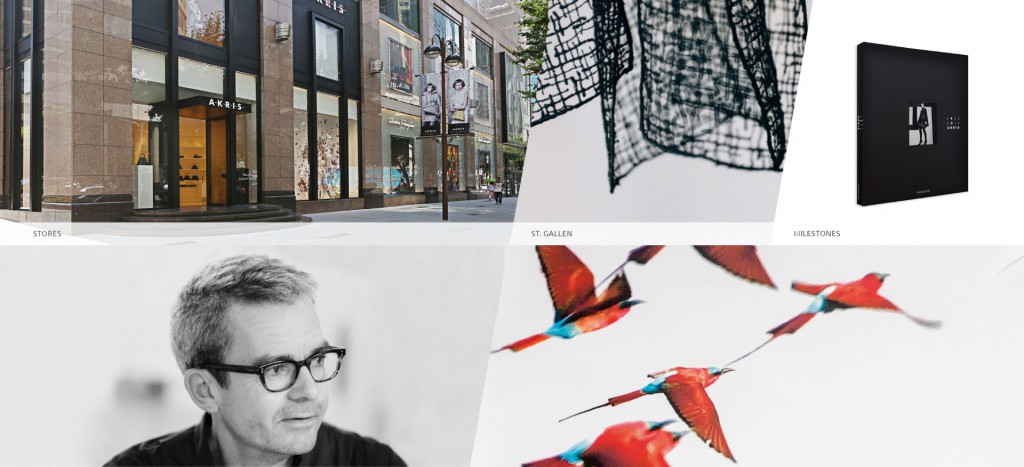
Retailers struggle with “shrink” — thefts from retailers that includes shoplifting and employee stealing — to the tune of $46.8 billion in 2017, according to the National Retail Federation.
Retailers lose an average of 1.33% of sales, on average annually to shrink.
However, artificial intelligence (AI) is now being integrated into technology solutions, which increases retail security and helps prevent theft.
Video Analytics
Video analytics is being transformed by AI.
Because AI does away with the need for pre-programmed algorithms, sensor technology can capture a large amount of metadata in real time.
As a result, AI allows video analytics to do much more than just alert users when a person or object has crossed a barrier; security cameras can specifically identify a person entering a store or department through facial recognition software, for example.
Retailers can even intercept known shoplifters by using cameras running analytics software.
The devices quickly and efficiently scan approaching vehicles and their license plates and then cross-reference that information with persons of interest to alert security teams.
By applying advanced video and data analytics to existing POS video and data streams, retailers can also curb loss by identifying the products that go without scanning at check out.
The electronic point-of-sale (POS) system can be connected to the surveillance system to track the entire POS activity and identify potential irregular operations.
Two other major causes of retail shrink result from “sweethearting” and self-checkout.
“Sweethearting”— when a cashier allows a customer to pass through the register lane without paying for a product — can include covering barcodes, stacking items one on top of the other, and skipping the scanner and directly bagging the merchandise.
AI fights sweethearting by applying advanced computer vision algorithms to the existing camera feeds, to see and analyze what is happening at the checkout and track each item.
It associates every item within a transaction to the transactional data feed from the POS system to flag anomalies.
Self-checkout fraud includes customers bypassing the scanner, tampering with price codes and leaving merchandise in the basket.
An intelligent computer vision system automatically reconciles what should be on the transaction receipt and the items being scanned in the video.
Internet of Things (IoT)
The IoT connects devices as varied as smartphones to wearable devices to products on the retail shelf.
As the use of IoT increases at a business with the expansion of sensors and devices — including from security-related devices — the volume of data being created will increase rapidly, which will require AI-enabled software and machine learning to analyze that information meaningfully.
For example, some businesses are implementing wearable devices for employees that can learn habits and create patterns based on usage.
An employee who strays from a regular routine sends a flag to security, which may then choose to investigate.
Despite Hollywood’s eagerness to portray AI and machine learning as dominated by robots, in reality, machine learning is a part of everyday technology.
Its ability to synthesize data and help humans draw conclusions makes it a tool with a bright future in retail.








